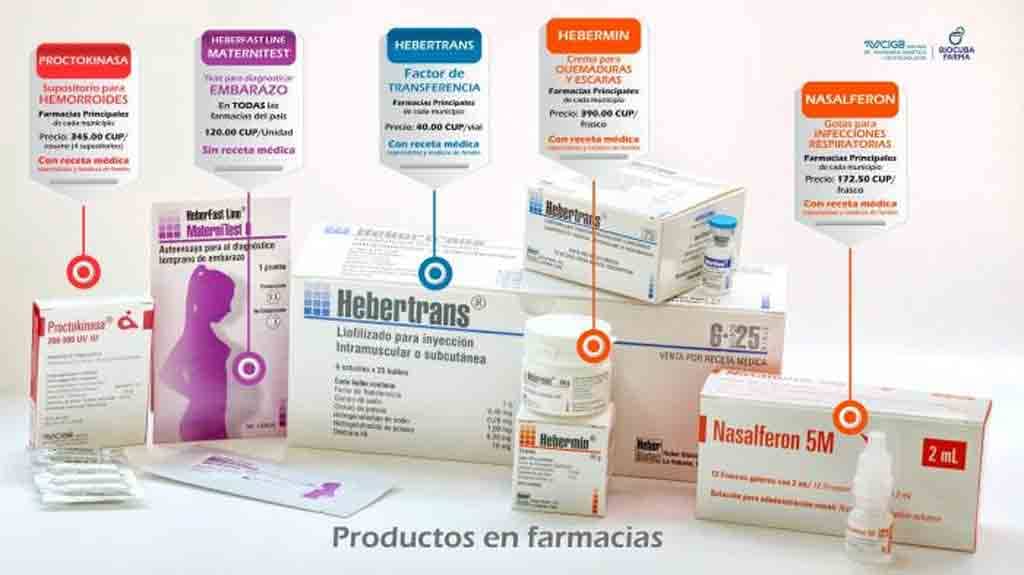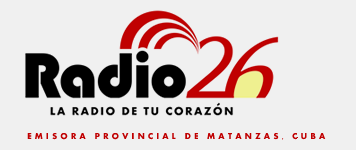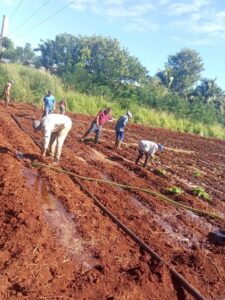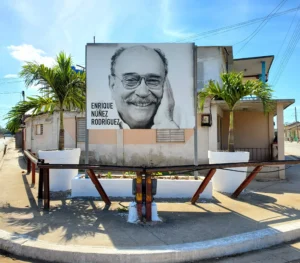Cuban Interferon: Science, Resilience and Sovereignty.

More than four decades after that achievement, its legacy lives on in the scientific-technological actions of a country that has never ceased in its determination to grow in the face of vicissitudes and has made science its most memorable enterprise.

On May 28th, 1981, the largest of the Antilles marked a turning point in the history of Latin American science.
Against all odds, defying the paradigms imposed by the technological powers and with limited resources but an unwavering political will, Cuba achieved, for the first time, the production of its own human interferon and replicated a cutting-edge technology that was just beginning to explore its therapeutic potential.
It was not the work of chance or a fortuitous flash in an improvised laboratory, but the result of a visionary State strategy, which turned science into an instrument of sovereignty and resistance in the face of geopolitical adversity.
This milestone was preceded by an emergency scientific expedition to the Institute of Virology in Helsinki, Finland. There, Dr. Kari Cantell had developed an efficient method to obtain human leukocyte interferon.
In just a few weeks, a group of Cuban doctors and researchers absorbed that technical knowledge and, back in Havana, applied the procedure under much more precarious conditions. On that unforgettable day, in a small laboratory of the «Carlos J. Finlay» hospital, the first batch of Cuban interferon was synthesized, completing the feat in only 42 days.
The context could not have been more dramatic. Cuba was facing a serious epidemic of dengue hemorrhagic fever. Although still in the experimental phase, the compound began to be administered to patients with encouraging results, consolidating its reputation as a possible immunomodulatory tool and opening the way to a new paradigm in Cuban medicine.
It was, in short, the birth of a vision: to turn biotechnology into the backbone of Public Health and the country’s strategic shield.
The impact of this scientific feat did not take long to transform the country’s institutional landscape. Top-level research centers emerged, such as the Center for Genetic Engineering and Biotechnology, which would embody the new knowledge policy promoted from the highest spheres of power.
Since then, interferon has not only been a medical product, but also a symbol of resistance and peripheral modernity. That imprint has endured strongly until recent times.
In 2020, when the world was hit by the COVID-19 pandemic, recombinant interferon alpha-2b, developed decades ago in Cuba, became one of the first drugs used in the nation -and exported to several countries- to face the most severe effects of the coronavirus.
Its early application helped maintain comparatively low lethality rates in the first months of the health crisis and once again validated the relevance of that 1981 feat in the midst of a contemporary global emergency.
The production of Cuban interferon in the early 1980s represented the beginning of a journey that has sustained Cuba on the margins of an unequal global economy, but with a well-defined moral and strategic compass.
More than four decades after that achievement, its legacy lives on in the scientific-technological actions of a country that has never ceased in its determination to grow in the face of vicissitudes and that has made science its most memorable enterprise.
Written by Yadiel Barbón.




